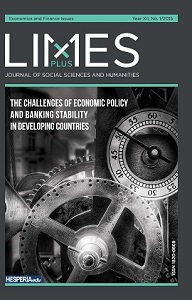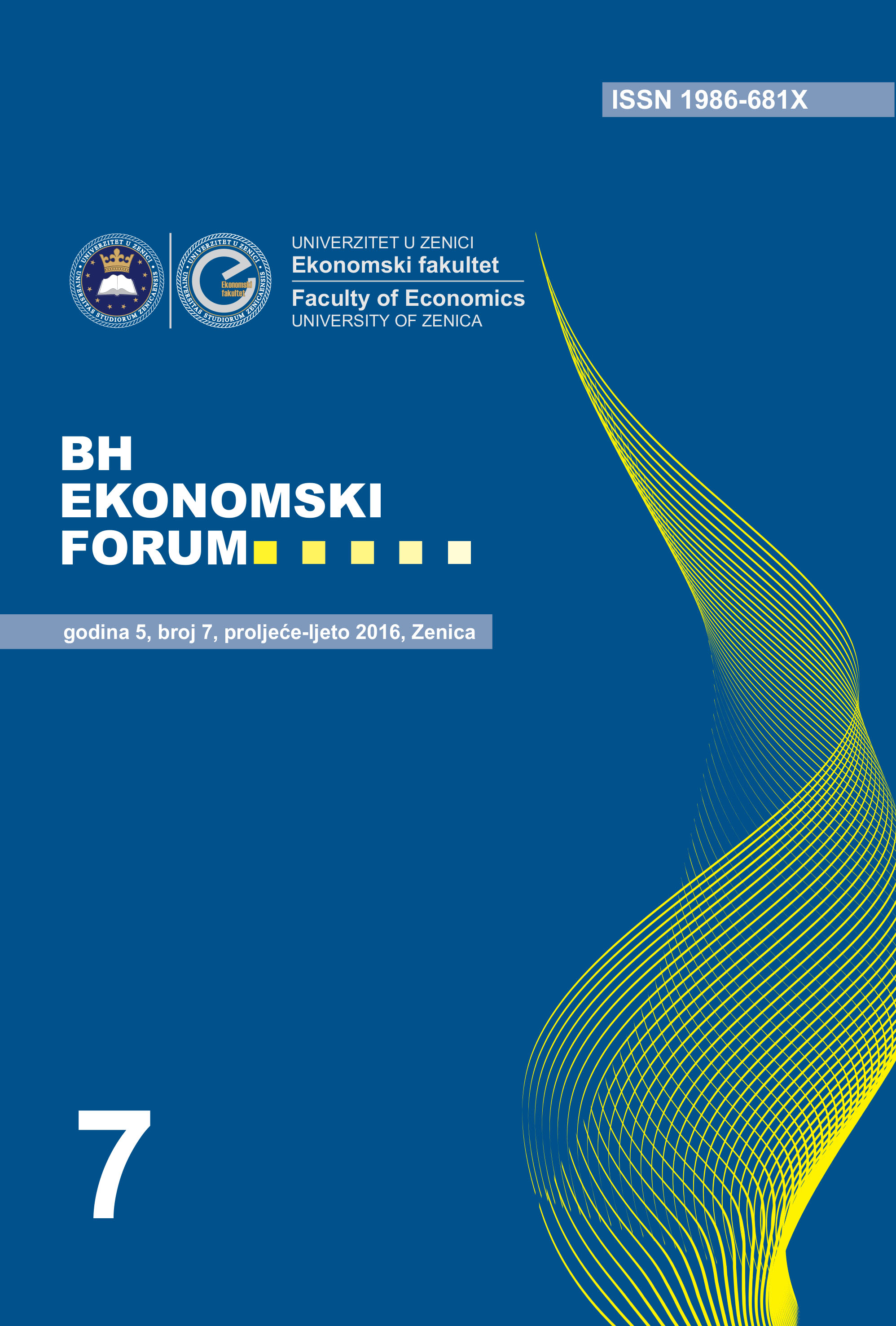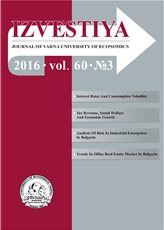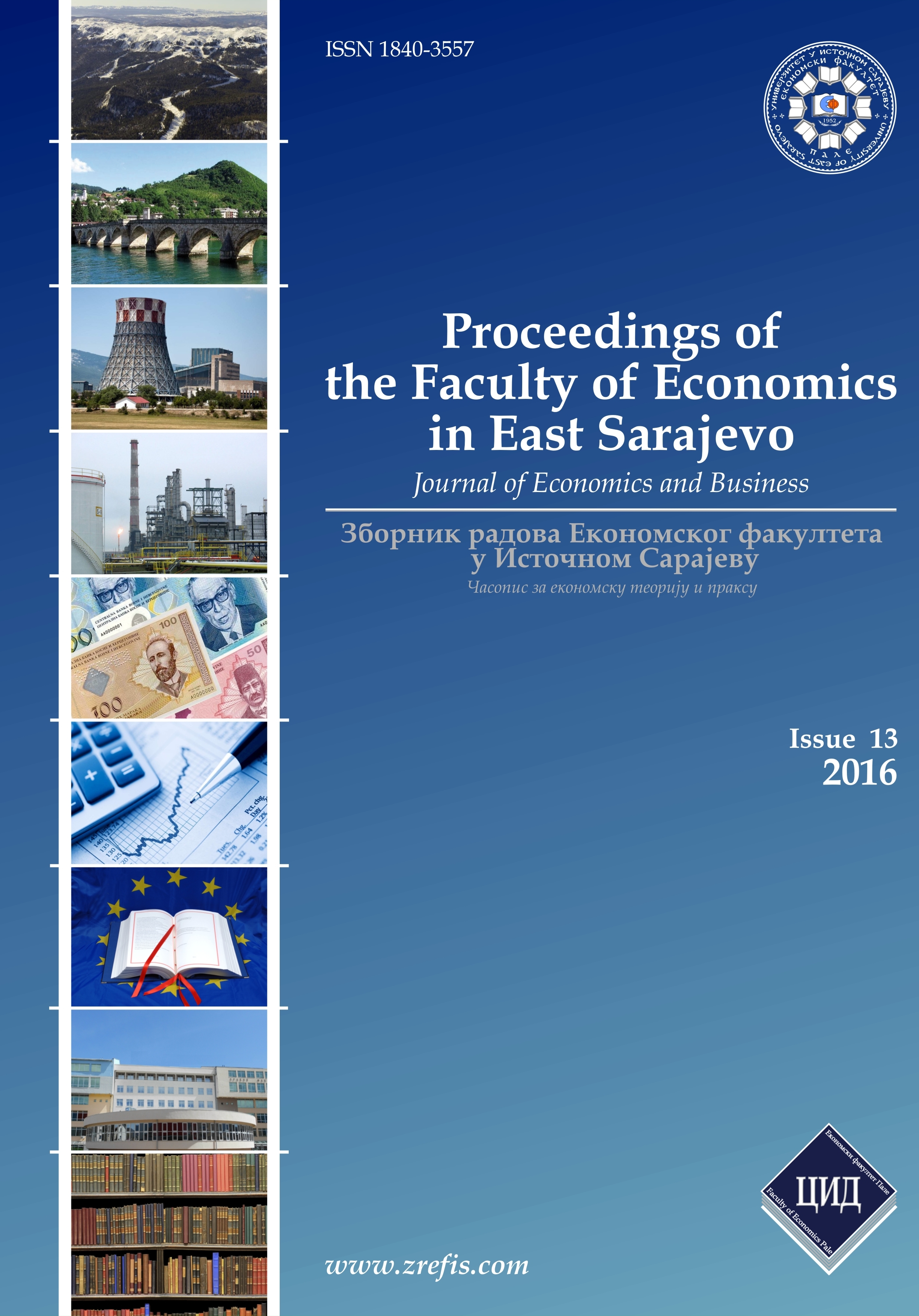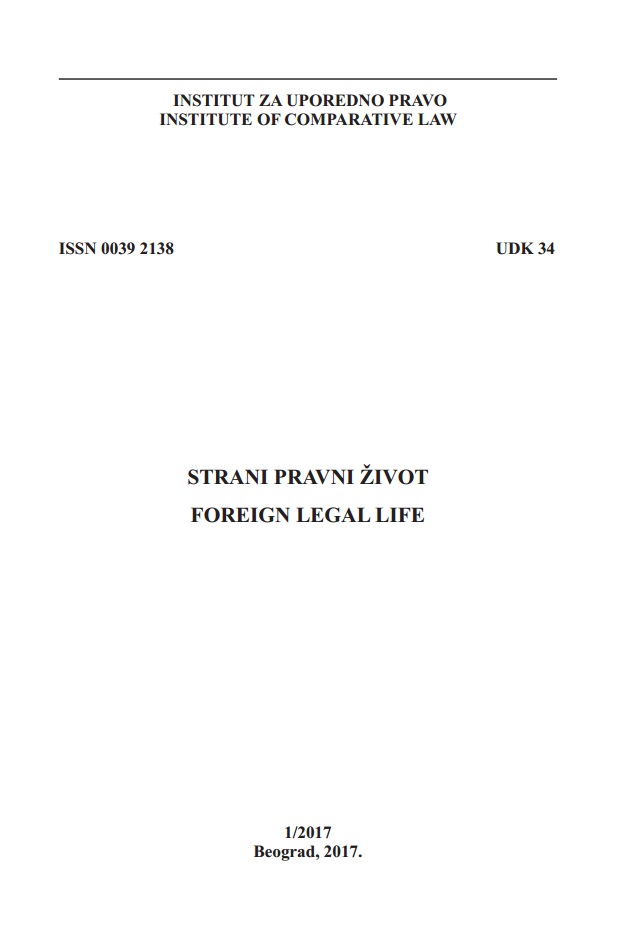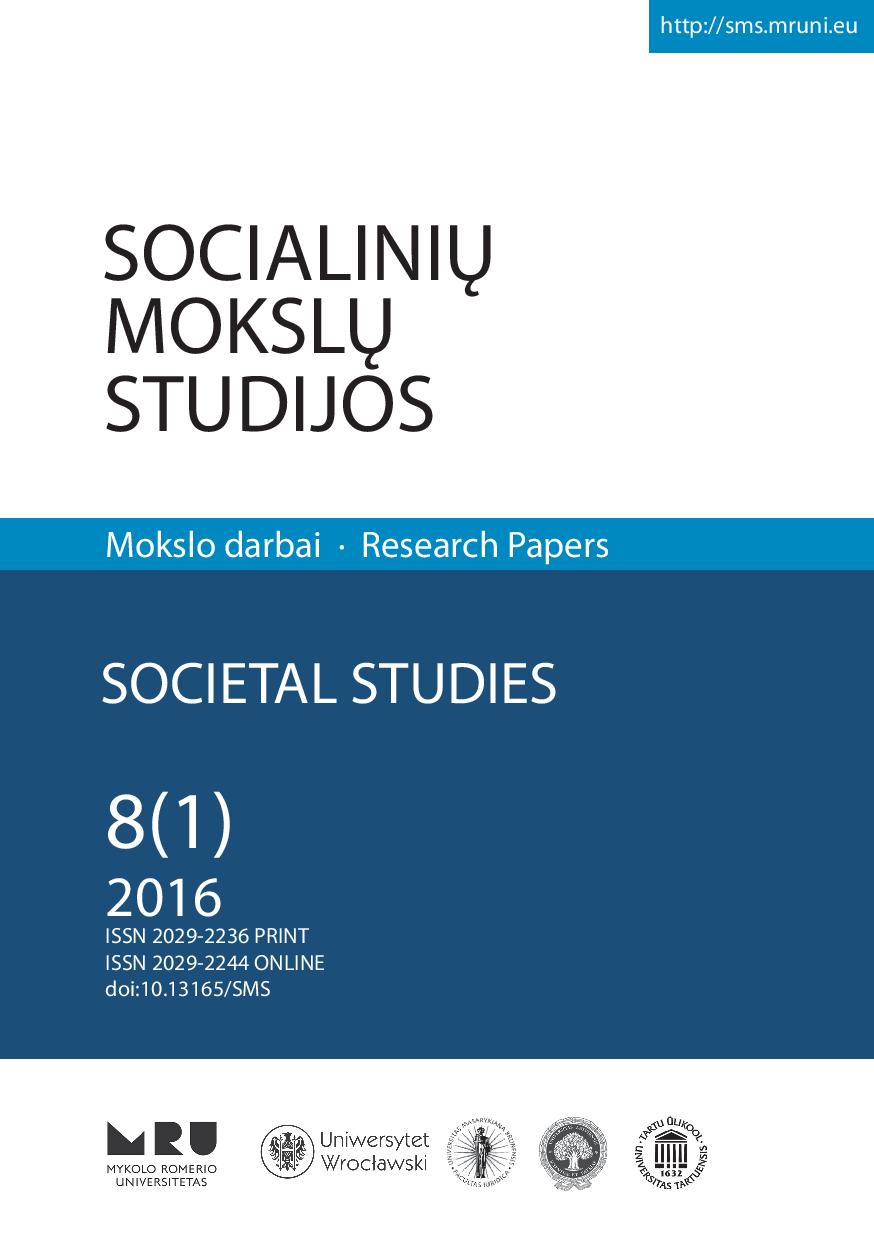
The importance of personal finance for investment and applying financial behaviour principles in personal finance investment decisions in Lithuania
The aim of each state - to ensure social and economic progress, to increase the welfare of the population... Therefore various measures are fulfilled, which accelerating economic growth, enabling conditions to take care for residents own well-being.Personal finance has become particularly relevant for population nowadays so it is important to learn how to manage them effectively – the proper allocation of income and to minimize costs, to find ways not only to preserve, but also increase the value of personal property. Finance is based on behavior because somebody‘s costs, savings and investment leads not only the present financial situation, but also the expectations, attitudes and emotions.Identify the main financial behavioral characteristics and the factors that determine the return of investment, provides that personal financial understanding is formed on the basis of economic, psychological and sociological principles set.
More...
